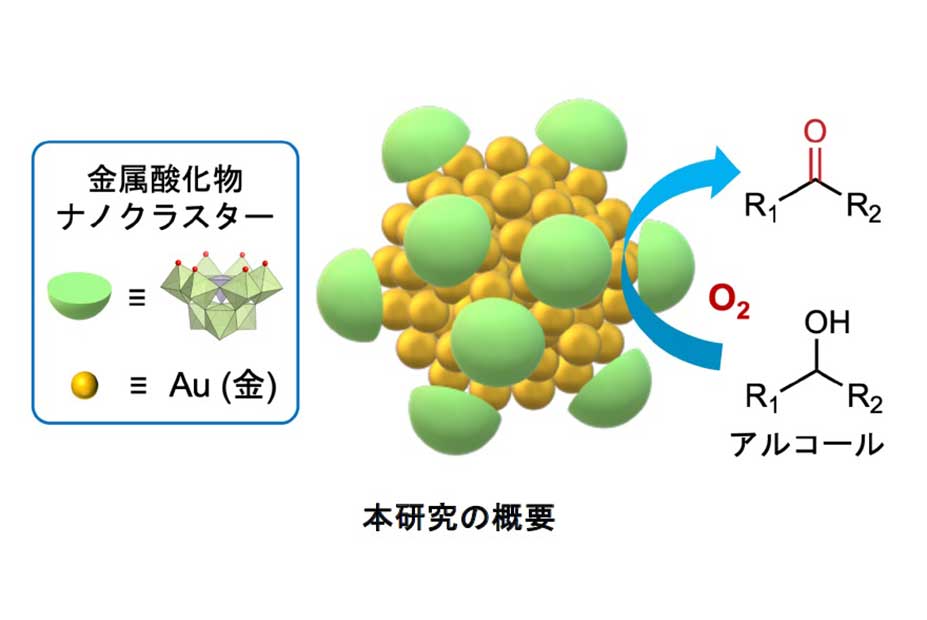Share this
Author
Hiroaki Fukuda, Hiromi Kuramochi, Yasushi Shibuta, Takanori Ichiki
Abstract
As nanoparticles are being put to practical use as useful materials in the medical, pharmaceutical, and industrial fields, the importance of technologies that can evaluate not only nanoparticle populations of homogeneous size and density but also those of rich diversity is increasing. Nano-tracking analysis (NTA) has been commercialized and widely used as a method to measure individual nanoparticles in liquids and evaluate their size distribution by analyzing Brownian motion. We have combined deep learning (DL) for NTA to extract more property information and explored a methodology to achieve an evaluation for individual particles to understand their diversity. Practical NTA always assumes spherical shape when quantifying particle size using the Stokes–Einstein equation, but it is not possible to verify whether the measured particles are truly spherical. We developed a DL model that predicts the shape of nanoparticles using time series trajectory data of BM obtained from NTA measurements to address this problem. As a result, we were able to discriminate with ∼80% accuracy between spherical and rod-shaped gold nanoparticles of different shapes, which are evaluated to have nearly equal particle size without any discrimination by conventional NTA. Furthermore, we demonstrated that the mixing ratio of spherical and rod-shaped nanoparticles can be quantitatively estimated from measured data of mixed samples of nanoparticles. This result suggests that it is possible to evaluate particle shape by applying DL analysis to NTA measurements, which was previously considered impossible, and opens the way to further value-added NTA.
APL Machine Learning: https://pubs.aip.org/aip/aml/article/1/4/046104/2917995/
These Related Stories
